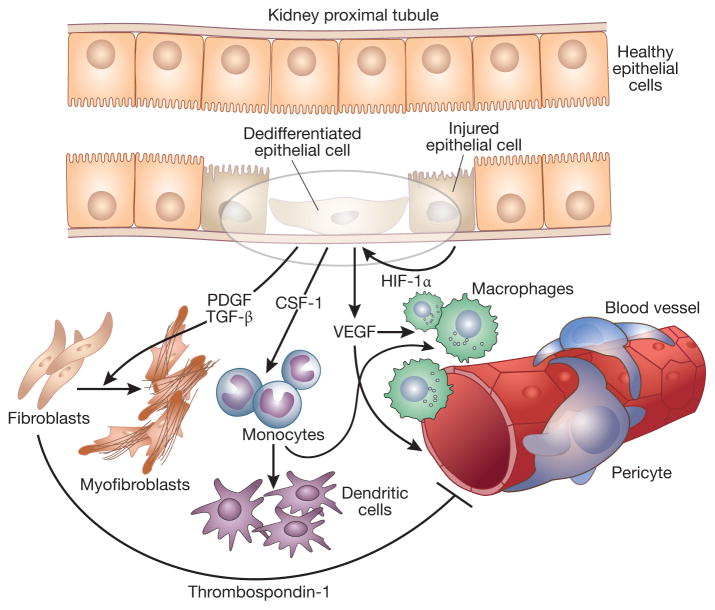Figure 1. Schematic representation of crosstalk among kidney tubular epithelial cells, fibroblasts, endothelial cells and inflammatory cells that could lead to the progression of chronic kidney disease.
Injured epithelial cells produce HIF-1α that promotes epithelial cell dedifferentiation as well as VEGF production. This growth factor, in turn, promotes macrophage recruitment to the site of injury and stimulates endothelial cell proliferation leading to leaky vessels. Injured epithelial cells can also produce other growth factors such as CSF-1, a potent chemoattractant for monocytes that can then differentiatite into dendritic cells or macrophages. Injured epthelial cells can also produce PDGF and TGF-β which promote fibroblast proliferation and fibroblast to myofibroblast differentiation. Finally, fibroblasts can produce thrombospondin-1 that, in addition to activating TGF-β, inhibits endothelial cell proliferation contributing to capillary rarefaction.

